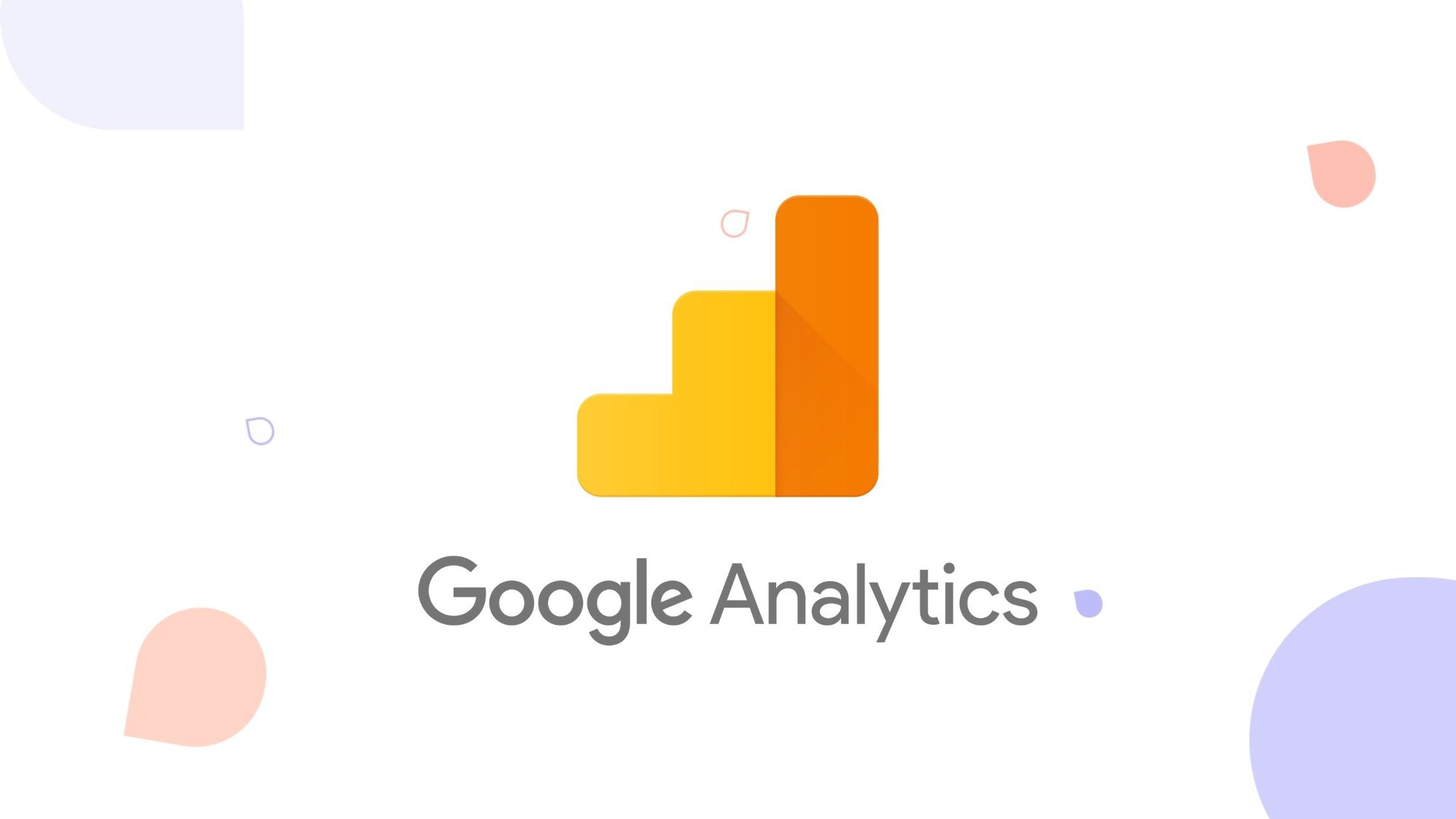Key Constraints: What Data Does Google Analytics Prohibit Websites from Collecting?
Key Constraints: What Data Does Google Analytics Prohibit Websites from Collecting?
Blog Article
Leveraging Google Analytics for In-Depth Insights Into User Actions and Involvement
In the digital landscape where customer habits and involvement hold the crucial to online success, leveraging tools like Google Analytics has actually become vital for services looking for to comprehend their audience's interactions with their systems. This advanced analytics system offers a wealth of data that can unveil detailed information regarding how customers navigate web sites, involve with web content, and eventually convert - what data does google analytics prohibit collecting. By using Google Analytics, organizations can reveal beneficial understandings that surpass surface-level metrics, giving a thorough understanding of individual habits and preferences
Comprehending Individual Behavior Via Google Analytics
Utilizing Google Analytics supplies a detailed understanding of individual habits on digital platforms. By assessing data such as the variety of site visitors, their geographic locations, the pages they visit, and the actions they take, businesses can gain important insights into how customers interact with their web sites or applications. This info enables notified decision-making, enabling companies to enhance their online visibility for enhanced customer experience and involvement.
One key element that Google Analytics assists to uncover is individual web traffic patterns. By tracking metrics like the resource of traffic, reference links, and popular key words, services can recognize what drives users to their platform. what data does google analytics prohibit collecting. This expertise aids in customizing marketing methods to target particular demographics or passions efficiently
In Addition, Google Analytics offers thorough records on customer involvement, showcasing metrics like bounce rates, session durations, and conversion rates. Recognizing these metrics gives useful feedback on the performance of content, style, and overall customer experience, empowering organizations to make data-driven renovations and drive far better results. Essentially, Google Analytics acts as an effective device for figuring out individual habits and maximizing electronic platforms for success.
Studying Site Web Traffic Patterns
Recognizing the circulation of web traffic on a website is necessary for enhancing its efficiency and enhancing individual involvement. Evaluating website traffic patterns offers useful understandings right into how users connect with the site, what web content they locate most appealing, and where they might be experiencing challenges. By leveraging devices like Google Analytics, website owners can track metrics such as page sights, special site visitors, bounce rates, and ordinary session period to get a detailed understanding of user behavior.
Studying website traffic resources is important in establishing where visitors are coming from, whether via organic search, social media, recommendations, or straight traffic. This information helps in tailoring advertising approaches to target particular target markets efficiently. In addition, evaluating the actions flow within the web site can highlight prominent landing pages, exit pages, and the most typical courses users take via the website. Recognizing these patterns allows internet site proprietors to make informed choices regarding web content placement, navigation enhancements, and general website design to improve user experience and drive conversions.
Monitoring User Involvement Metrics
To deepen the insights gained from evaluating website traffic patterns, it is vital to focus on monitoring customer interaction metrics. User interaction metrics provide valuable information concerning exactly how visitors interact with a site, indicating the degree of passion and fulfillment with the content. By tracking metrics such as bounce rate, typical session duration, web pages per session, and conversion rates, website proprietors can comprehend the performance of their web content and individual experience.
Conversion rates track the percent of visitors who finish a preferred action, such as making a purchase or loading out a type, reflecting the performance of the website in driving individual activities. By evaluating these user engagement metrics, internet site owners can make enlightened decisions to enhance their content and customer experience to boost interaction and achieve their goals.
Identifying Conversion Opportunities
Recognizing possible conversion possibilities is a vital facet of enhancing web site efficiency and achieving desired customer actions. With Google Analytics, organizations can discover beneficial understandings that can assist in recognizing areas where individuals are dropping off or not proceeding to the wanted conversion actions. By examining metrics such as conversion rates, landing page efficiency, and customer circulation, services can pinpoint possible bottlenecks in the conversion process.

In addition, using Google Analytics' behavior flow function can supply visit site a graph of how customers browse via the website. This can aid in identifying popular pathways in addition to any kind of barricades that may be impeding conversions. By leveraging these understandings, organizations can optimize their site for enhanced individual experience and increased conversion prices.
Enhancing Individual Experience With Data-Driven Insights
By leveraging data-driven understandings from Google Analytics, companies can tactically maximize their web site to boost user experience and drive greater conversion prices. Recognizing check out here individual behavior with information analysis permits firms to customize their web sites to satisfy the particular needs and choices of their target audience. By recognizing essential metrics such as bounce rates, session period, and popular web pages, companies can obtain important understandings right into exactly how customers interact with their site.
Google Analytics offers in-depth details on individual demographics, gadgets used, and also the details activities handled the website. This information allows businesses to make educated decisions on internet site style, web content positioning, and total individual circulation. By leveraging these insights, firms can create a much more individualized and appealing user experience, causing raised complete satisfaction and commitment.
Additionally, data-driven understandings can assist organizations identify pain factors in the user journey and implement targeted improvements to simplify the conversion procedure. By constantly checking and examining customer behavior, businesses can adjust and enhance their web site to guarantee a seamless and satisfying experience for visitors, inevitably driving greater conversion rates and maximizing company success.

Conclusion
To conclude, Google Analytics gives valuable understandings right into customer actions and involvement on web sites. By assessing web traffic patterns, tracking interaction metrics, and determining conversion chances, companies can make data-driven decisions to improve the customer experience. Leveraging these insights can lead to improved web site investigate this site performance and enhanced conversions.
By tracking metrics such as bounce price, ordinary session duration, pages per session, and conversion prices, internet site owners can understand the performance of their web content and individual experience.
Conversion rates track the percentage of site visitors that complete a wanted activity, such as making an acquisition or loading out a type, mirroring the performance of the internet site in driving individual actions. By assessing these user interaction metrics, web site proprietors can make educated choices to maximize their material and customer experience to improve engagement and accomplish their objectives.
By leveraging these understandings, organizations can enhance their site for boosted user experience and raised conversion rates.
By leveraging data-driven understandings from Google Analytics, organizations can strategically optimize their website to boost customer experience and drive greater conversion prices.
Report this page